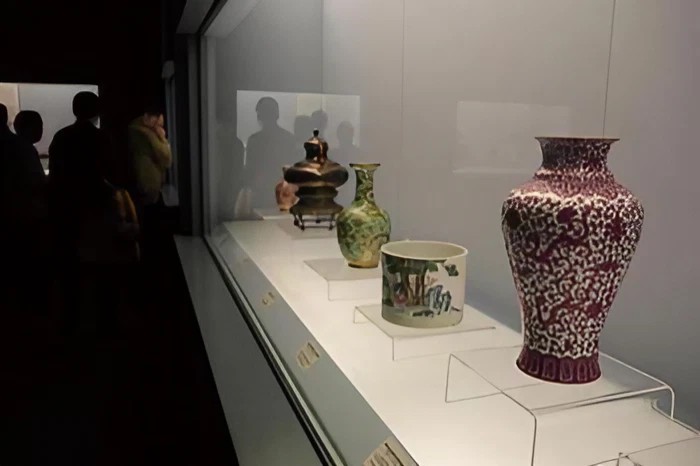The Mystery of an Antique Thing

Image source: https://www.youlinmagazine.com/story/shanghai-museum/
Years ago, a construction worker found an antique object while working underground in Mongkok. The discovery generated some excitement among the public as well as the media, for it opened a little-known chapter of ancient Hong Kong history. Interestingly it also triggered me to think of a number of questions relating to cultural mediation. I posted some of these questions in my curatorship class to bring in some critical reflections of cultural and curatorial interpretation. It started off with a simple question:
‘An antique object was found in Mongkok, it was a beautiful and ancient one. Where should we put it? A museum of art, or a museum of history?’
Antique objects were commonly collected and displayed at either one of those two museums, depending on what you regarded as the most valuable significance of the object. One might say putting it at either museum made no difference. The object would still be the same object, depending solely on how one chose to look at it in what way: emphasizing on its artistic or historical significance? After all, any object always carried two or more layers of meanings, I explained.
But it did make some differences where the object was placed. If the object was placed in a museum of history, one would be led to look it within a historical context, and vice versa when seeing it in an art museum. The institution could quietly impose a perspective the viewers weren’t even aware of. At the very beginning, the curator had already given a definition to the object and unnoticeably influenced the audience’s perception. It was a good example, I thought, to show the quiet impact of a mediator.
In class, I didn’t show the image the object found for it would switch the focus onto visual analysis. Instead, I followed with another question, targeting at students who believed that it should be placed in a history museum:
‘Experts found the object beautiful, delicately made, and its shape and patterns were unseen anywhere! With this additional piece of information, would you change your mind?’
The new piece of information put in additional ingredients that were conventionally regarded as ‘artistic elements’. When the object was coloured with something ‘artistic’, some students did change their minds and switched to putting the object in an art museum instead.
Then the lesson moved to its final provocation:
‘Later on, hundreds and thousands of the same type of objects were found. In that case, would you still put it in an art museum?’.
As most people regarded ‘art’ as unique objects created by gifted individuals called ‘artists’, something that was mass produced, probably by many people, was no longer distinctive and personal. Would it be appropriate to put that work in a museum of art, or put it in a museum of design instead?
I had no intention to give a definitive answer. The questions were more about creating confusion than giving answers, with the intention to challenge curatorial thinking. Hopefully it could reveal the situational and contextual nature of thinking in cultural mediation. Curatorial decisions could be easily shaped and redefined, depending on how much you could or chose to see. Once we were aware of the nature of our limitations in seeing and defining, we would be more humble and more willing to be self-critical as a cultural mediator.
Oscar
Oscar Ho is Adjunct Associate Professor of Cultural Studies, CUHK. He was formerly the Director of the MA in Cultural Management Programme (2006 – 2020). Visit https://www2.crs.cuhk.edu.hk/faculty-staff/adjunct-professors/ho-hing-kay-oscar
